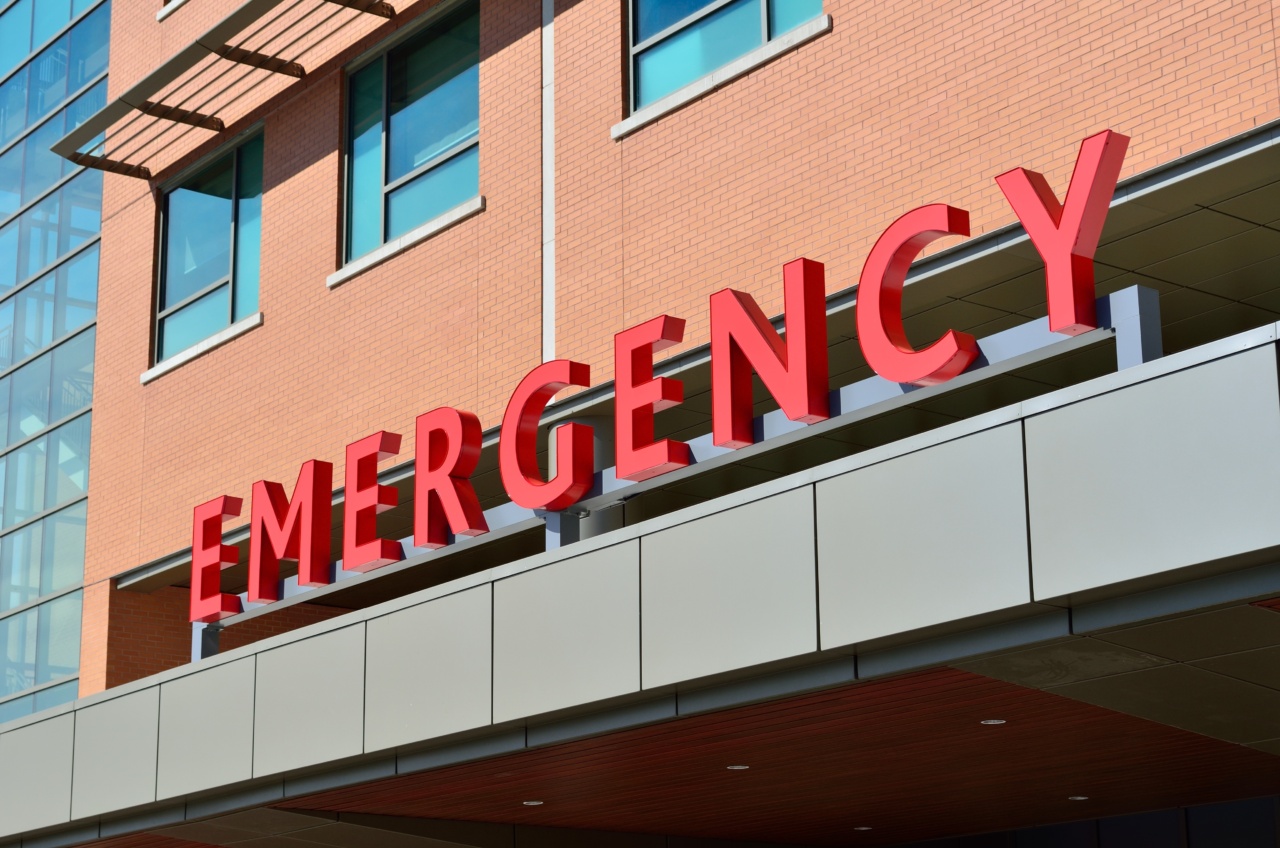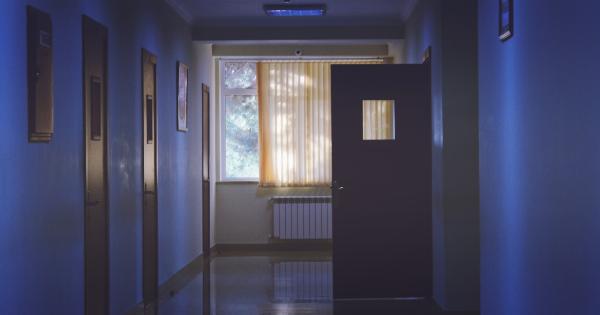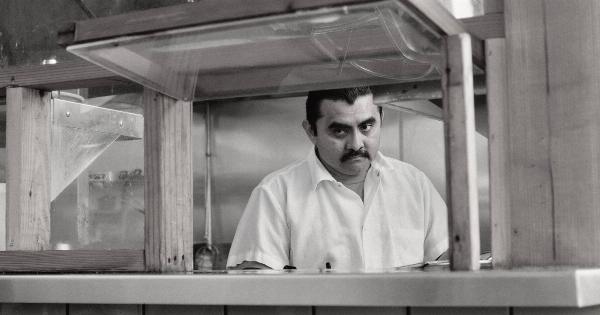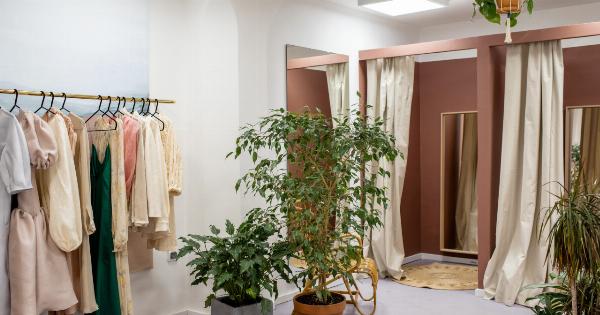Have you ever worked in a building where you experienced headaches, fatigue, and irritations? Well, you may have been experiencing the sick building syndrome (SBS).
SBS is a condition that affects individuals who live or work in buildings with poor air quality. The symptoms are often vague and non-specific, making it difficult to diagnose. This article will cover the causes and possible solutions to SBS.
What causes sick building syndrome?
There are several factors that contribute to the development of sick building syndrome. Some of the common causes include:.
Poor ventilation systems
In many buildings, the heating, ventilation, and air conditioning (HVAC) systems are either outdated or not functioning properly. This leads to inadequate airflow, which causes stale air to remain trapped in the building.
Without proper ventilation, pollutants and allergens accumulate in the indoor air, leading to SBS.
Chemical pollutants
Buildings are often full of chemical pollutants that can be harmful to human health. These pollutants may include cleaning agents, pesticides, and building materials such as paints, adhesives, and insulation.
These substances have been linked to respiratory problems, headaches, and irritations, all of which are the symptoms of SBS.
Poor lighting
Lighting can also contribute to the development of SBS. Poor lighting can cause eye strain, headaches, and fatigue, all of which are symptoms of SBS.
Additionally, exposure to too much artificial light can disrupt your circadian rhythm, causing sleep problems and fatigue.
Moisture and humidity
Excessive moisture and humidity can cause mold and mildew to grow in the building. These fungi produce spores that can cause respiratory problems, eye irritations, and skin rashes, all of which are the symptoms of SBS.
Solutions to sick building syndrome
Now that we understand what causes the sick building syndrome, we can discuss some of the solutions to this problem. Some potential solutions include:.
Proper ventilation
One of the best ways to prevent SBS is to improve the ventilations systems in the building. This may involve upgrading outdated HVAC systems or installing new ones.
Additionally, regular maintenance and cleaning of the HVAC systems can help ensure that they are functioning well, and the air is circulating properly.
Reducing chemical pollutants
To reduce exposure to chemical pollutants, building owners can use eco-friendly cleaning agents, and low or zero VOC building materials such as paints, adhesives, and insulation.
Additionally, they can implement policies to ensure that these substances are not used in excess in the building.
Optimizing lighting
To reduce the impact of lighting on SBS, building owners can use natural light as much as possible. Additionally, they can avoid harsh fluorescent lights, and install LED lighting systems that are brighter and more energy-efficient.
Controlling moisture and humidity
To prevent mold and mildew from growing, building owners can implement measures to control moisture and humidity.
This includes regular cleaning of HVAC systems, fixing plumbing leaks, and using dehumidifiers in areas that tend to be humid, such as basements and bathrooms.
Conclusion
Sick building syndrome is a condition that affects individuals who live or work in buildings with poor air quality. The symptoms are often vague and non-specific, making it difficult to diagnose.
However, by identifying the causes of SBS, building owners can take steps to prevent it from developing. Proper ventilation, reducing chemical pollutants, optimizing lighting, and controlling moisture and humidity are among the steps that can be taken.
By implementing these measures, it is possible to prevent SBS and create a safe and healthy environment for the occupants.





























